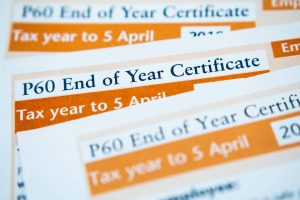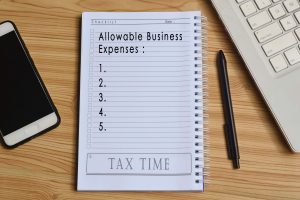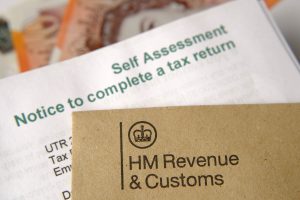What is a self assessment tax return?
Self assessment is the system by which an individual can declare information to HMRC that HMRC is not aware of, like undeclared income or work expenses that are incurred. The result of a self assessment can be getting a tax refund or paying tax that is owed to HMRC.
How do I file a Self Assessment tax return?
The best way unless you have been trained as an accountant or have successfully filed a self assessment in the past is to seek out a reputable accountant like Swift Refunds to file it for you. The deadline to file a self assessment for the previous tax year is 31st January the following year.
Register: If you have never submitted a tax return before, you’ll need to register for Self Assessment with HMRC. This can be done on paper or through your government gateway account. If you are using an accountant which we highly recommend, then they will do this for you.
UTR number: Once you have registered, you will be sent your 10-digit unique taxpayer reference (UTR) in the post. Until this number is generated, the self assessment cannot be filed with HMRC by your accountant.
What information will I need to fill in a self assessment tax return?
 It is important to make sure that you check your details as any inaccurate information can result in a penalty. Therefore, we highly recommend using an accountant to file your return, as they know what exactly is needed, and how to file the self assessment in the most advantageous way possible for you to save the most money on your tax bill, or get you the biggest refund possible while staying within HMRC’s rules and regulations.
It is important to make sure that you check your details as any inaccurate information can result in a penalty. Therefore, we highly recommend using an accountant to file your return, as they know what exactly is needed, and how to file the self assessment in the most advantageous way possible for you to save the most money on your tax bill, or get you the biggest refund possible while staying within HMRC’s rules and regulations.
This list shows some of the main points that need to be covered and the information required:
- Your unique ten-digit UTR number
- National insurance number
- P60, P11D, or any other records showing how much income you have received that you have already paid tax on.
- Details of any untaxed income from the tax year (income from self-employment, dividends, and interest on shares)
- Records of any expenses
- Any charity or pension contributions that may be eligible for tax relief.
Why would I need to register for self assessment?
It’s not just the self-employed who have to submit tax returns, you may have to if:

- You are an employee of a company and are working in a job role with an unstable work environment (a mobile worker) like a gas engineer, HGV driver, member of the armed forces, or agency worker on temporary contacts.
- You are a landlord with a rental income of more than £2,500 (you’ll need to contact HMRC if it was between £1,000 and £2,500)
- You are a company director or you have earned more than £100,000 during this financial year.
- You or your partner’s income was over £50,000 and you’re claiming child benefit
- You have earned £10,000 or more from investment income, savings, or dividends.
When filing a self assessment tax return, you can claim for expenses to help lower your tax bill.
Penalties
If you miss a HMRC deadline to file your self assessment tax return, you will automatically be fined and the fine will keep increasing and building up until the tax return is filed.
How can Swift Refunds help?
 So, if you think you need to do a tax return for any of the reasons above then please don’t hesitate to contact us here at Swift and we will be happy to sort it all out for you. If you are a mobile worker and have never claimed a refund before then do get in touch as the average four-year tax refund is £2,500!
So, if you think you need to do a tax return for any of the reasons above then please don’t hesitate to contact us here at Swift and we will be happy to sort it all out for you. If you are a mobile worker and have never claimed a refund before then do get in touch as the average four-year tax refund is £2,500!






